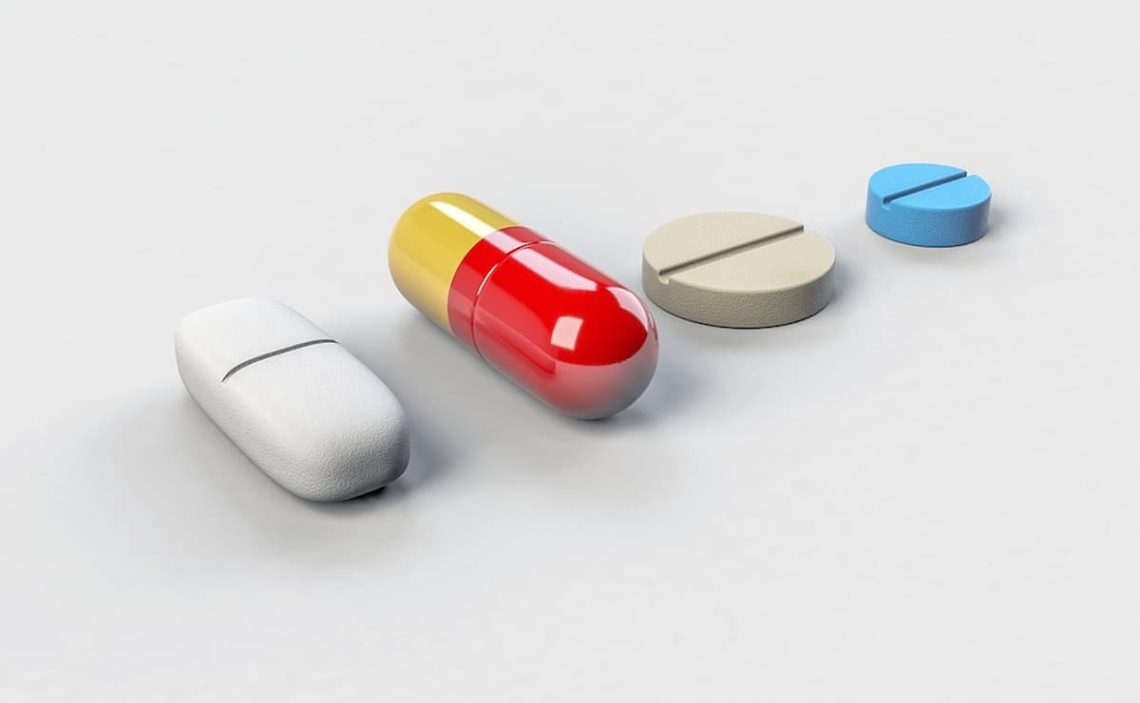PrEP is a type of medication approved by the FDA for the prevention of HIV. It is a medication used as a preventive measure and is taken before possible exposure to the virus.
The cost of PrEP without insurance can be very high. Let’s learn more about it and the difference between this treatment with and without insurance.
PrEP and its use
In 2012 the FDA approved the use of PrEP (pre-exposure prophylaxis) medication. That is a preventive medicine branch aimed at avoiding HIV infection.
It is not a palliative medication. Therefore, it is not used as a treatment for HIV-infected persons, nor will it stop the progression of the disease.
Since it is a preventive drug, it was oriented, from the beginning, towards large risk groups. However, depending on the format, it was targeted to a greater or lesser extent to one or another group.
Although there are now generic drugs with the same formulas, the two drugs initially approved were the following:
Truvada: was the first drug approved for PrEP. It targets cisgender and transgender men and women, both adults and adolescents.
Descovy: was approved in 2015, and its recommendation of use targets cisgender men and transgender women.
How much does PrERP cost without insurance?
PrEP treatment is not cheap. Above all, we must consider that it is a preventive drug. Its recommended use is for medium to long periods. The average treatment for 30 days can be close to $1,800 (without insurance). The average annual treatment can exceed $21,000.
There are some programs to reduce the costs of these drugs:
- Truvada program: This program is sponsored by the drug manufacturer and can allow savings of up to $7,200 per year. It will not cover laboratory costs or medical visits. Beneficiaries can be uninsured or uninsured individuals without health insurance, with no income restriction.
- U.S. Department of Health and Human Services program in collaboration with Gilead, manufacturer of Truvada: covers the full cost of the drug. About 2.5 million vials are allocated annually. Recipients of this benefit are people without prescription drug coverage and extended prescription for the medication.
- The Patient Advocate Foundation program: can cover up to $7,500 annually, not including lab or doctor visit costs. They are intended for people without health insurance or whose insurance does not cover this treatment. Income must be below 400% of the federal poverty level at the time of application.
In addition to this, some States may have assistance programs that include bonuses on the reduced price of PrEP:
- California
- Colorado
- District of Columbia
- Illinois
- Massachusetts
- New York State
- Ohio
- Washington State
Contacting the corresponding public health departments to determine the conditions for each of these aids is necessary. It should note that not all grants are the same and depend on each administration.
Does all insurance offer coverage for PrEP?
Most medical and health insurance policies include appropriate coverage for PrEP medications. However, not all policies have such a prescription.
Before signing the insurance contract, it is important always to evaluate the conditions and benefits included since, in some cases, it is simply a matter of slightly increasing the policy to incorporate more treatment and medication coverage.
The cost of PrEP with medical insurance will vary depending on the policy contracted. It will generally align with the average co-payments applied to other prescriptions. In other words, it is neither much more expensive nor much cheaper.
Finally, it should remember that Medicaid may not cover in the same way in all states. In some states, the coverage may be minimal or not applied at all.


